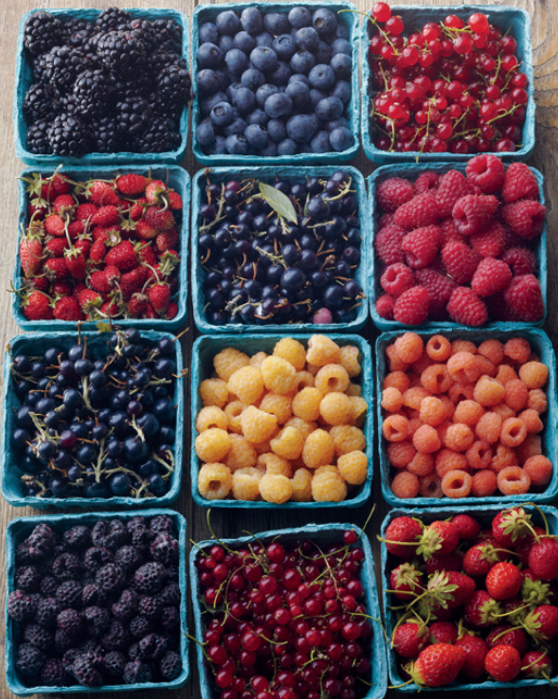Herbalicious Lammas Loaf Biscuits
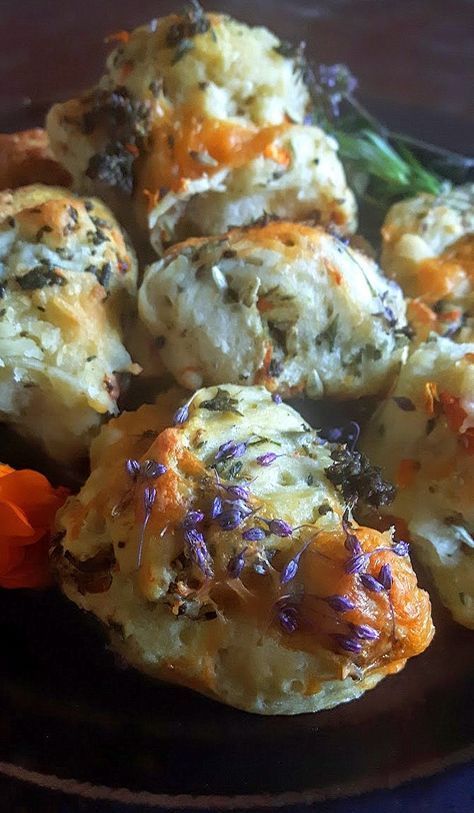 Herbalicious Lammas Loaf Biscuits
Herbalicious Lammas Loaf Biscuits
2¼ cups flour (and a bit extra to flour the counter)
1/2 cup of finely minced aromatic herbs. Use a blend whatever you like: i.e. rosemary, oregano, thyme, parsley, field mustards & garlic mustard. (Put aside four tablespoons for sprinkling the top of the loaf.)
1/4 cup minced flower blossoms. Again use a mix of what you have on hand i.e. calendula petals, wild fennel blossoms, crow garlic or chive blossoms, oregano and sweet marjoram blossoms. (Put aside two tablespoons for sprinkling.)
3/4 cup of grated cheddar cheese. (Put aside four or five tablespoons for topping.)
1 tablespoon baking powder
1 teaspoon of sea salt
1 tablespoon of sugar
⅓ cup butter
1 cup milk
2 tablespoons olive oil for brushing the top.
Preheat oven to 425 degrees. Grease baking sheet. Add your flour, baking powder, salt and sugar together in a bowl & mix together. Cut in your butter, mixing it through the dry mixture until crumbly. Add half the milk and stir, then add remaining milk and mix together. Add herbs, blossoms, cheese. Mix well. Prepare a floured surface and gently knead dough for about a minute. Shape into a roll and cut off rounds for your biscuits. Place in a circular shape (gently touching) on greased baking sheet and sprinkle with remaining cheese and herbs. Bake at 425 degrees for 13-15 minutes. Brush tops with olive oil as they come out.
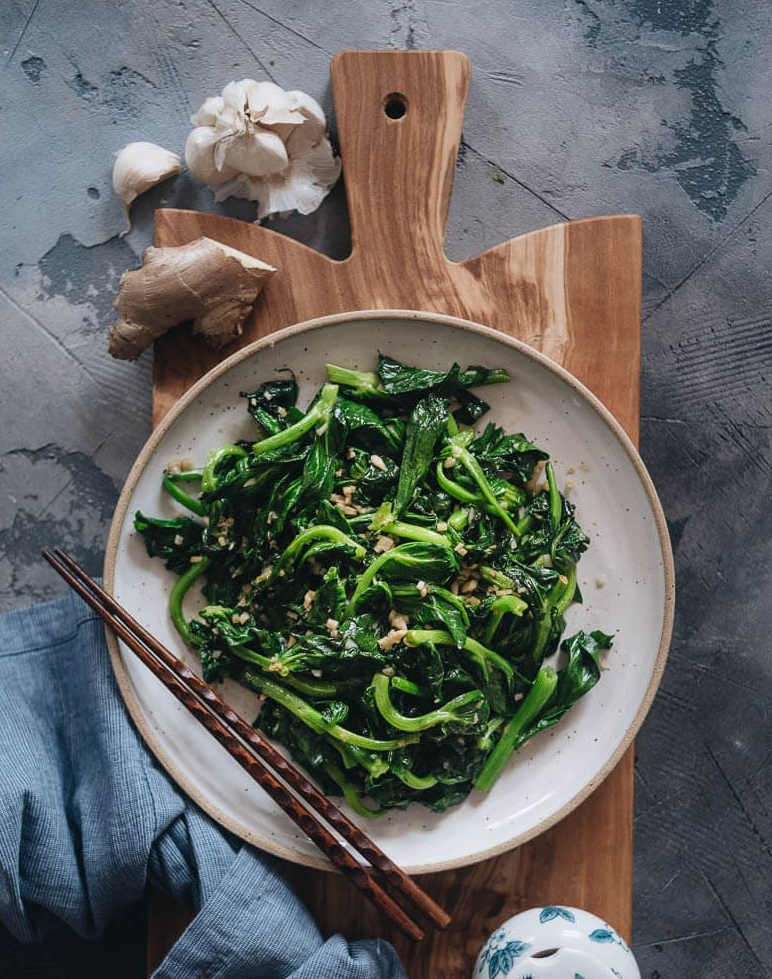 Wild Pea Shoots Stir-Fried with Garlic
Wild Pea Shoots Stir-Fried with Garlic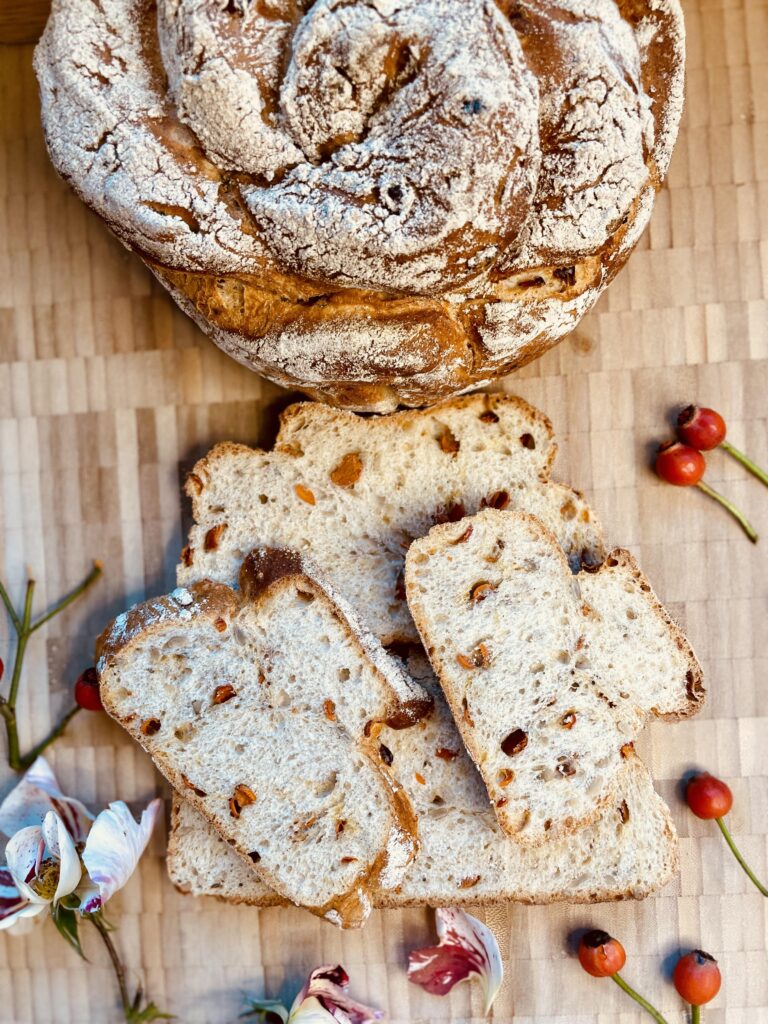 Sweet Briar Rose Hip Nut Bread
Sweet Briar Rose Hip Nut Bread Linden Leaf Pancakes
Linden Leaf Pancakes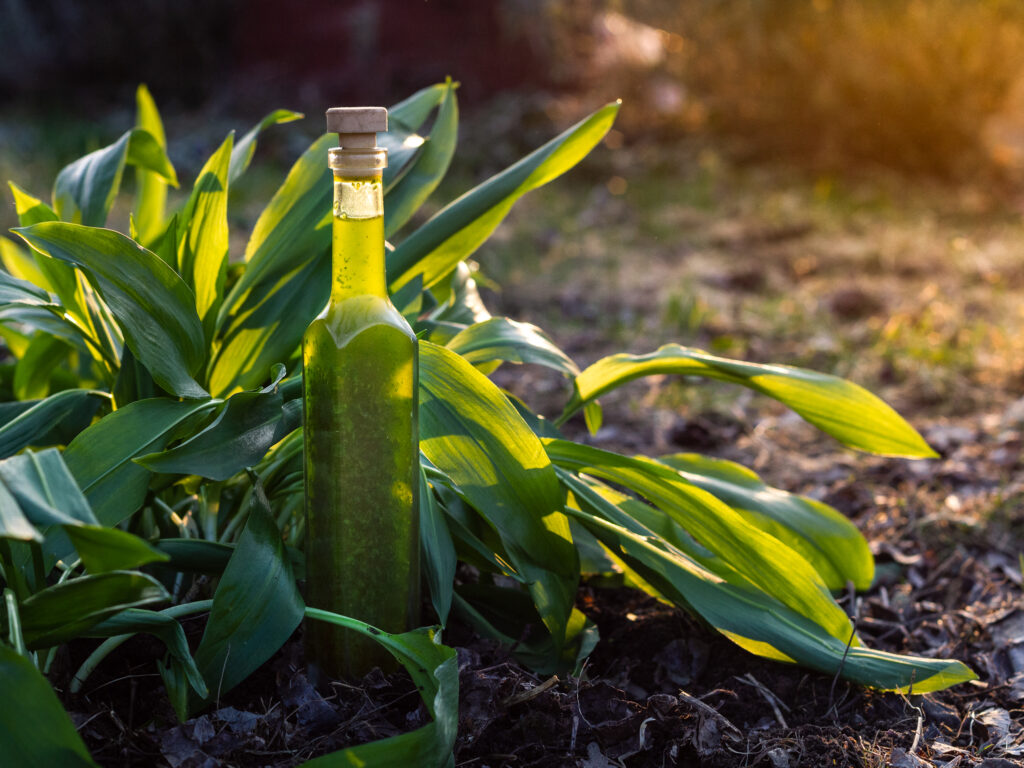 1 stalk green garlic, tender green and tops only, chopped (reserve white parts)
1 stalk green garlic, tender green and tops only, chopped (reserve white parts)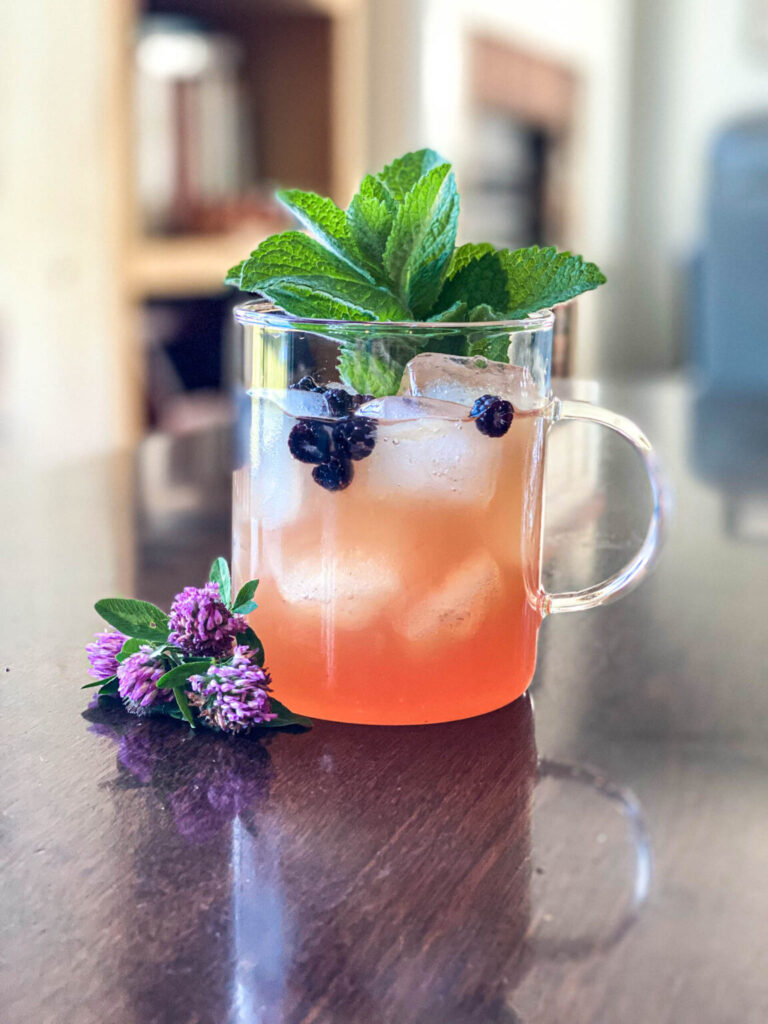 Red Clover Lemonade
Red Clover Lemonade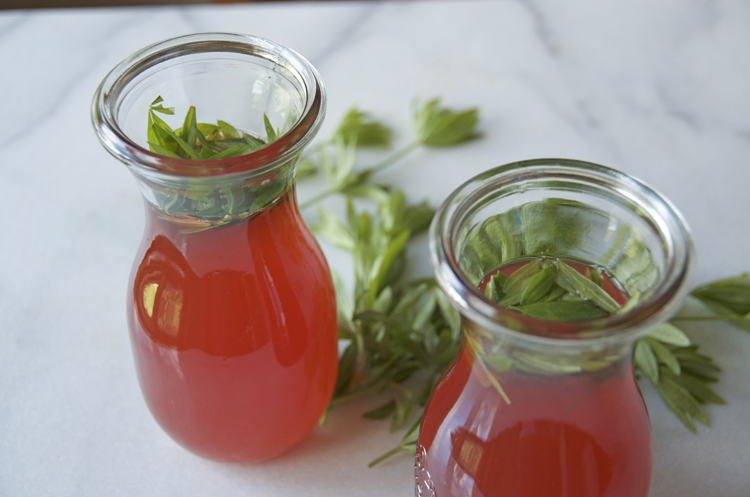 Rhubarb Sweet Woodruff Syrup
Rhubarb Sweet Woodruff Syrup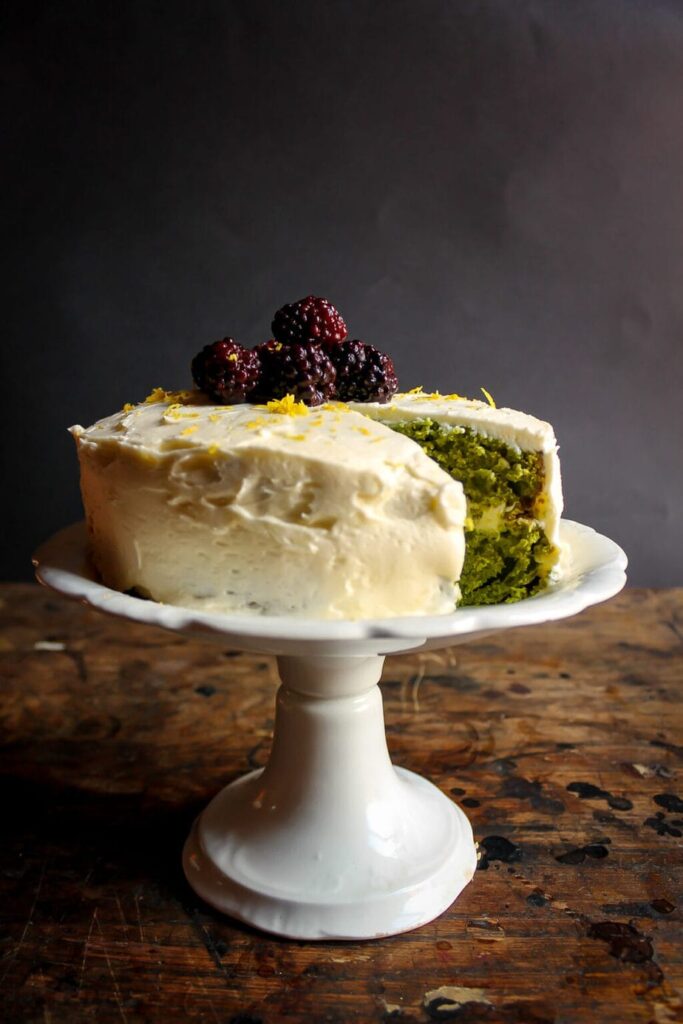 Lemon Stinging Nettle Cake
Lemon Stinging Nettle Cake Cream of Scape Soup
Cream of Scape Soup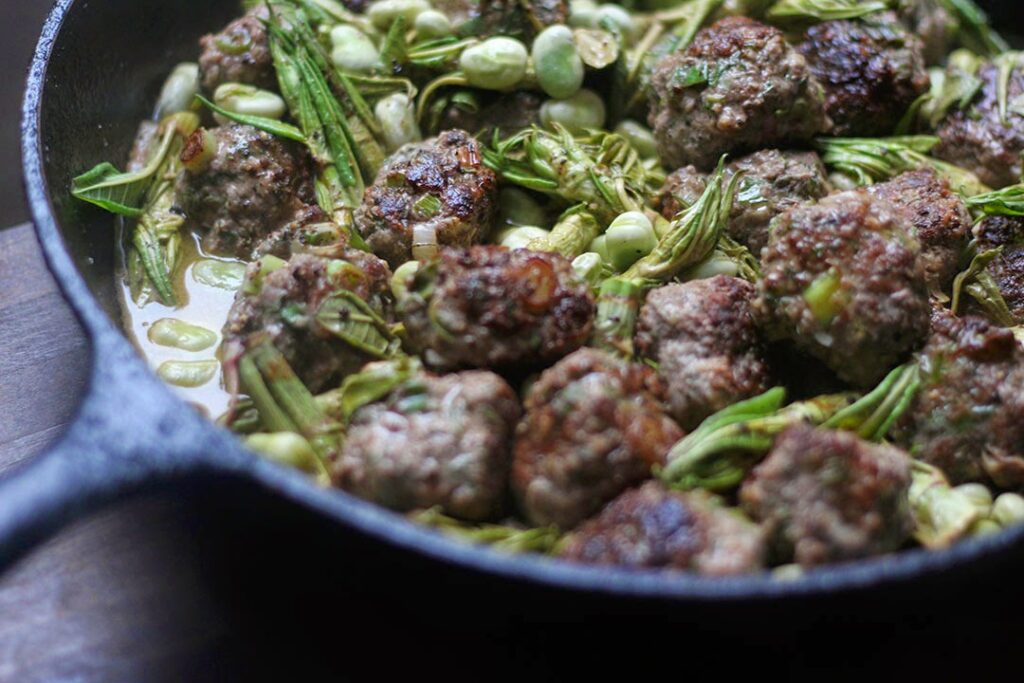 Fava Bean and Knotweed Meatballs
Fava Bean and Knotweed Meatballs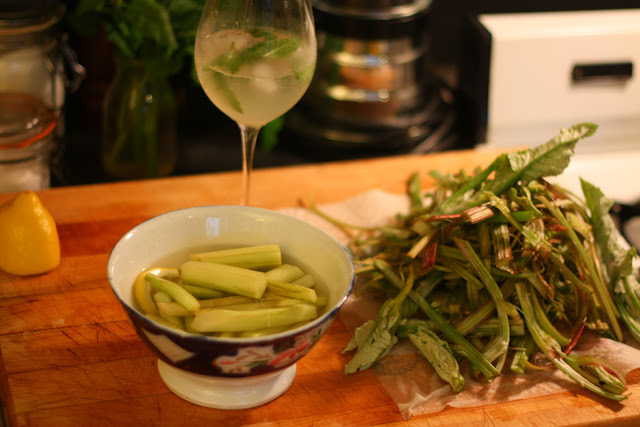 Braised Burdock, for Two
Braised Burdock, for Two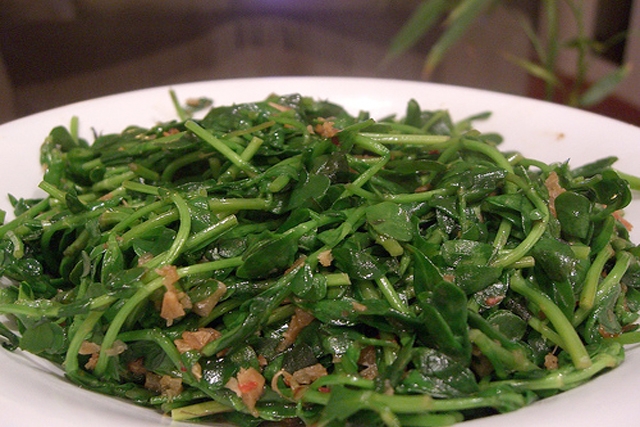 Stir fried Purslane, Chinese Style
Stir fried Purslane, Chinese Style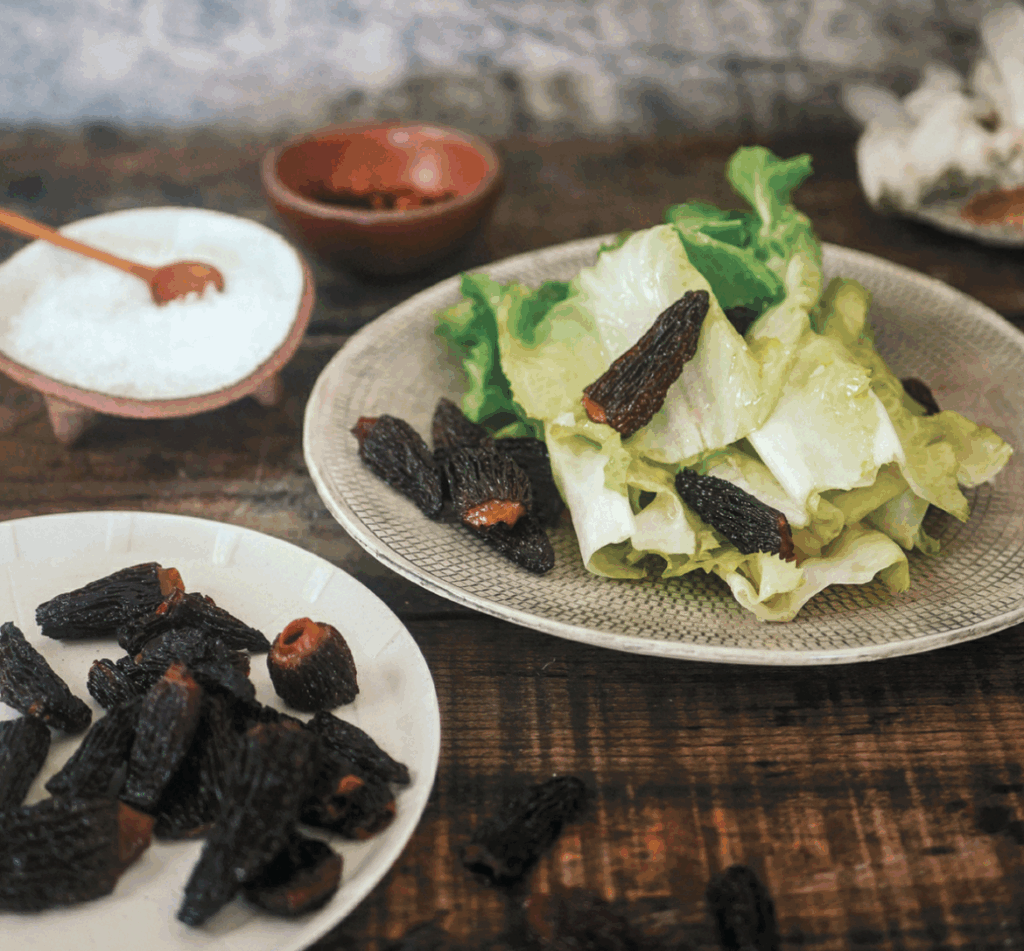 Sauteed Morels with Eilderflower and Miner’s Lettuce
Sauteed Morels with Eilderflower and Miner’s Lettuce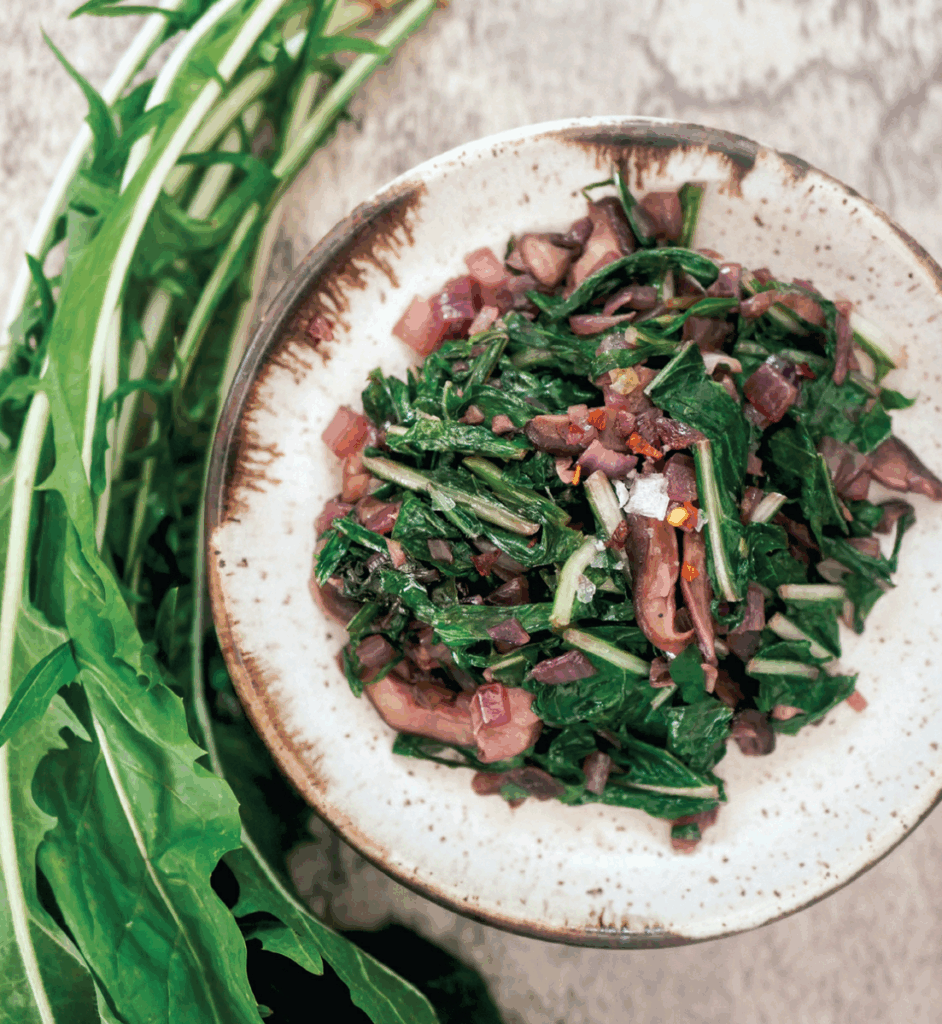 Garlic Mushroom Dandelion Greens
Garlic Mushroom Dandelion Greens
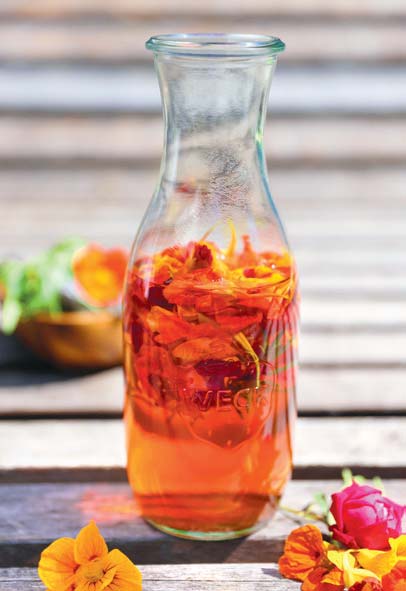 Peppery Nasturtium Vinegar
Peppery Nasturtium Vinegar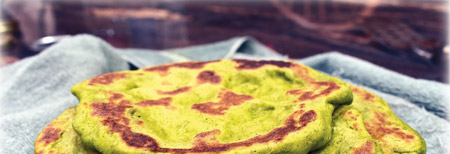 Nettle Naan
Nettle Naan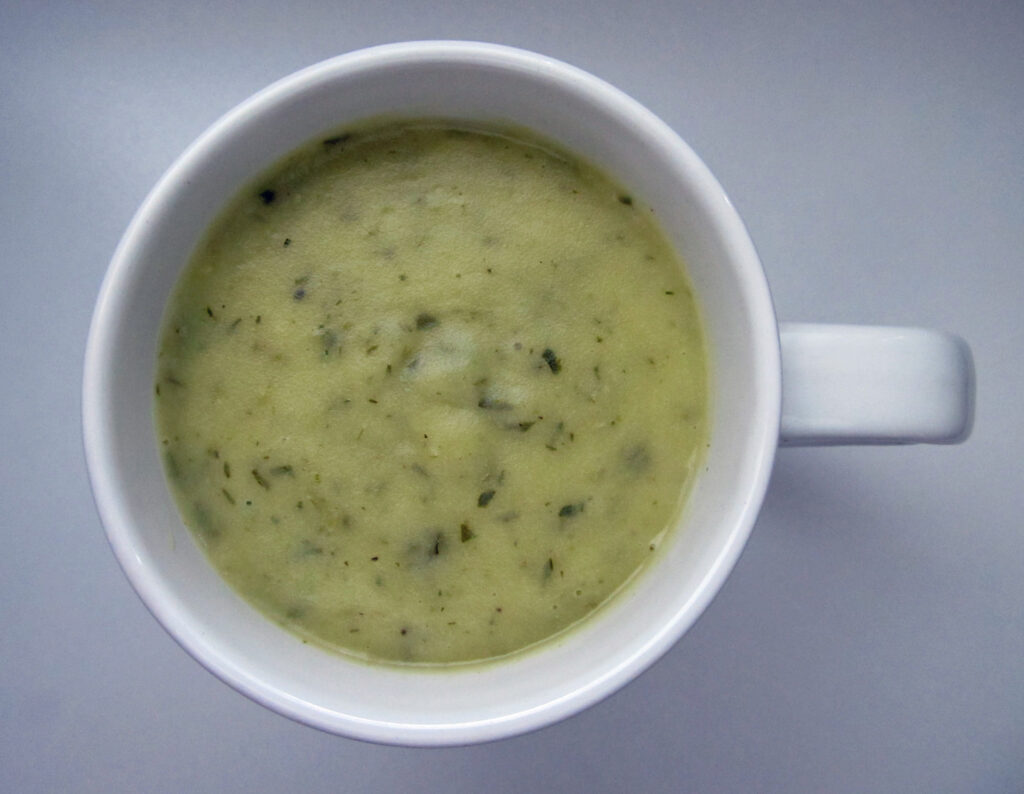 Clover Soup
Clover Soup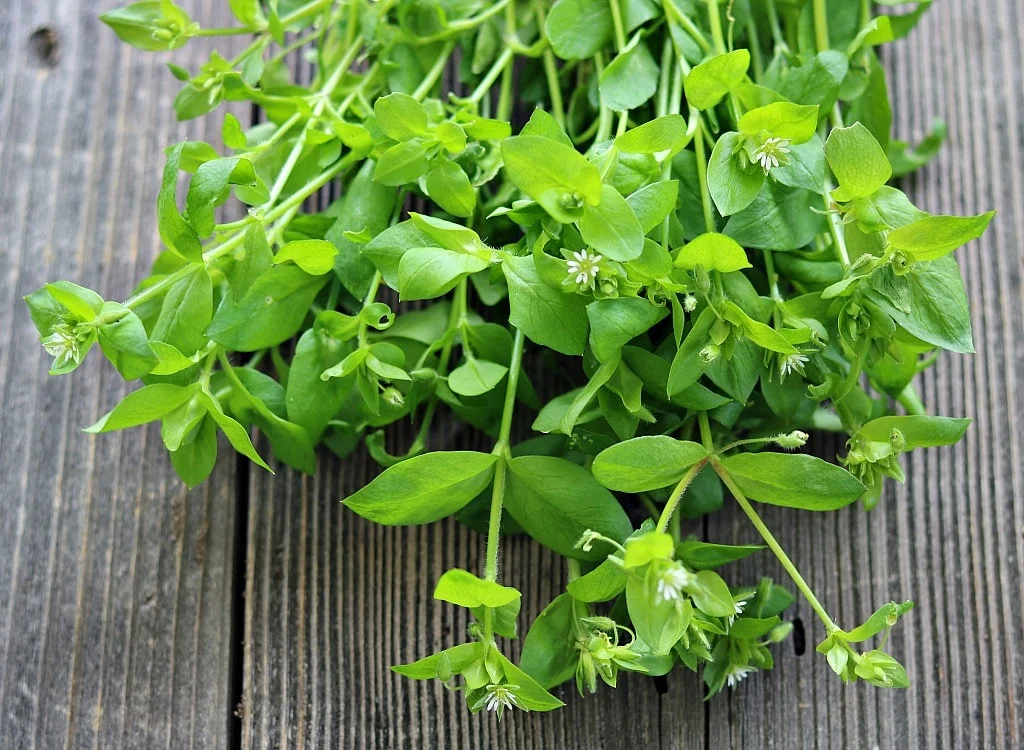 Chickweed “Sprouts” with Goat Cheese in Toasted Veggie Sandwiches
Chickweed “Sprouts” with Goat Cheese in Toasted Veggie Sandwiches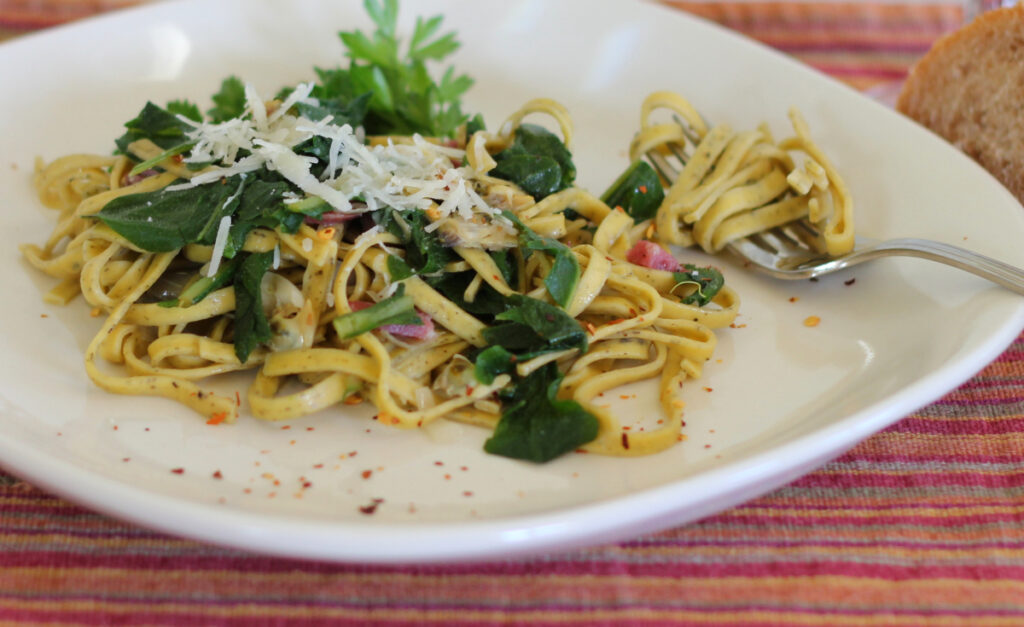 Cat’s Ear and Clam Linguine
Cat’s Ear and Clam Linguine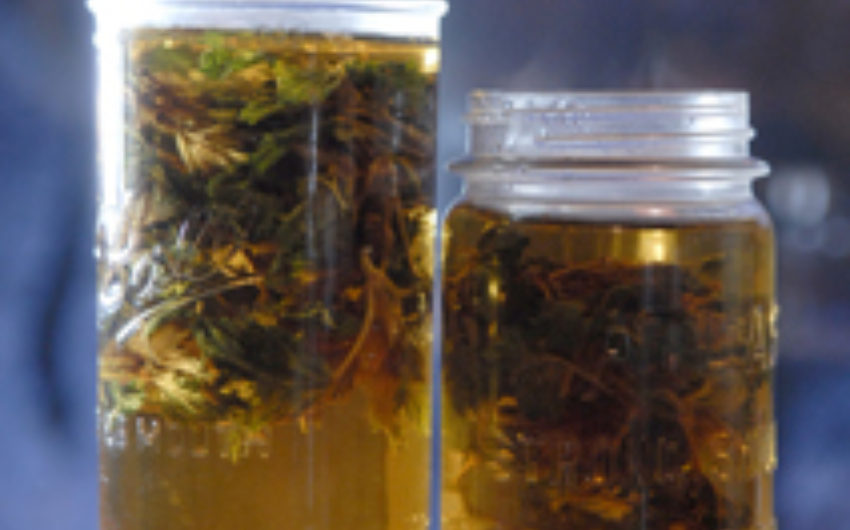 Nettle & Mint Tea
Nettle & Mint Tea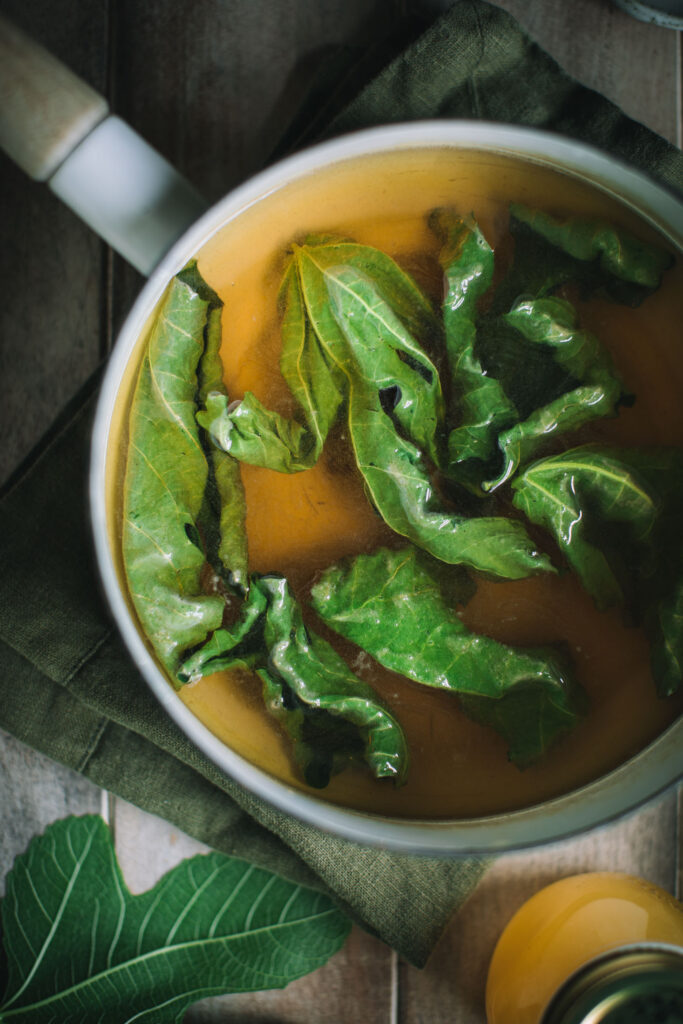 Fig Leaf Simple Syrup
Fig Leaf Simple Syrup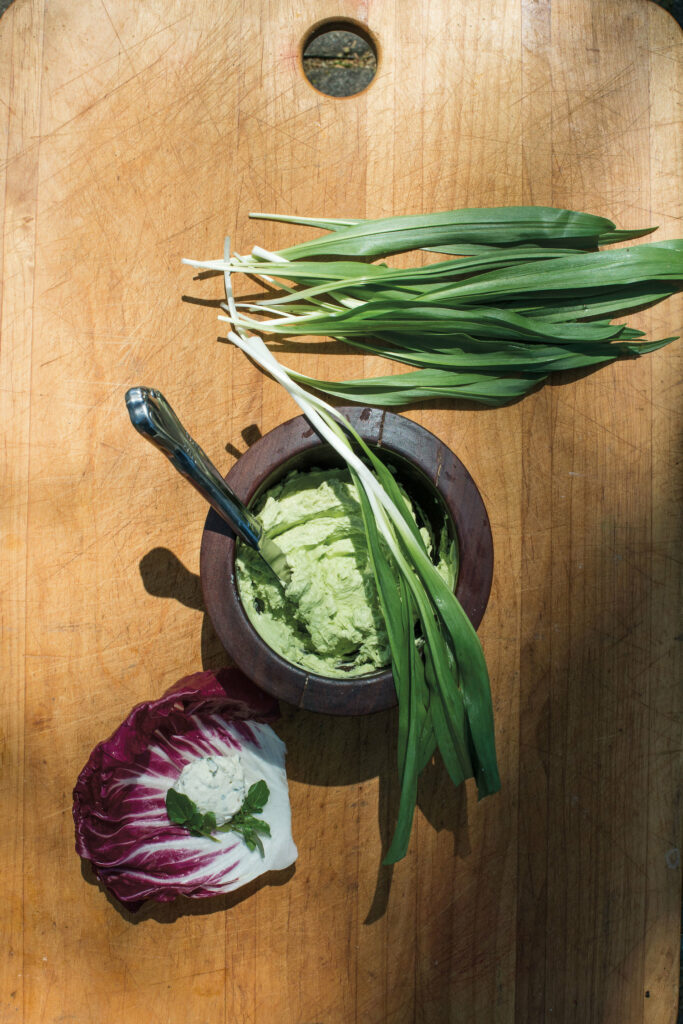 Watercress & Wild Garlic Herb Spread
Watercress & Wild Garlic Herb Spread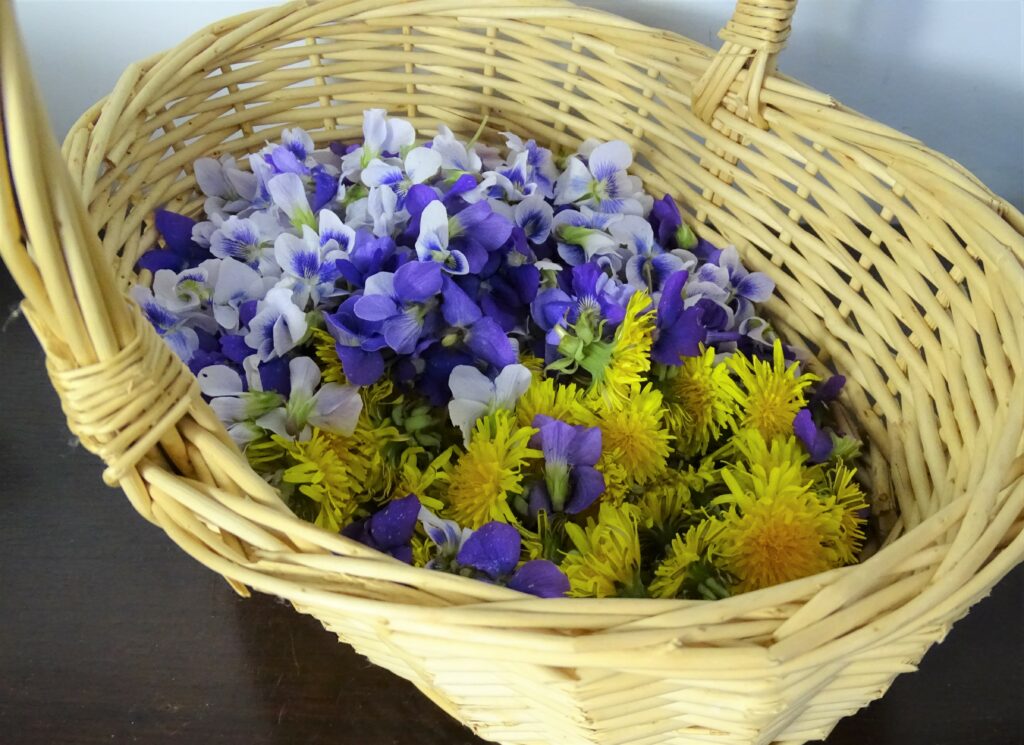
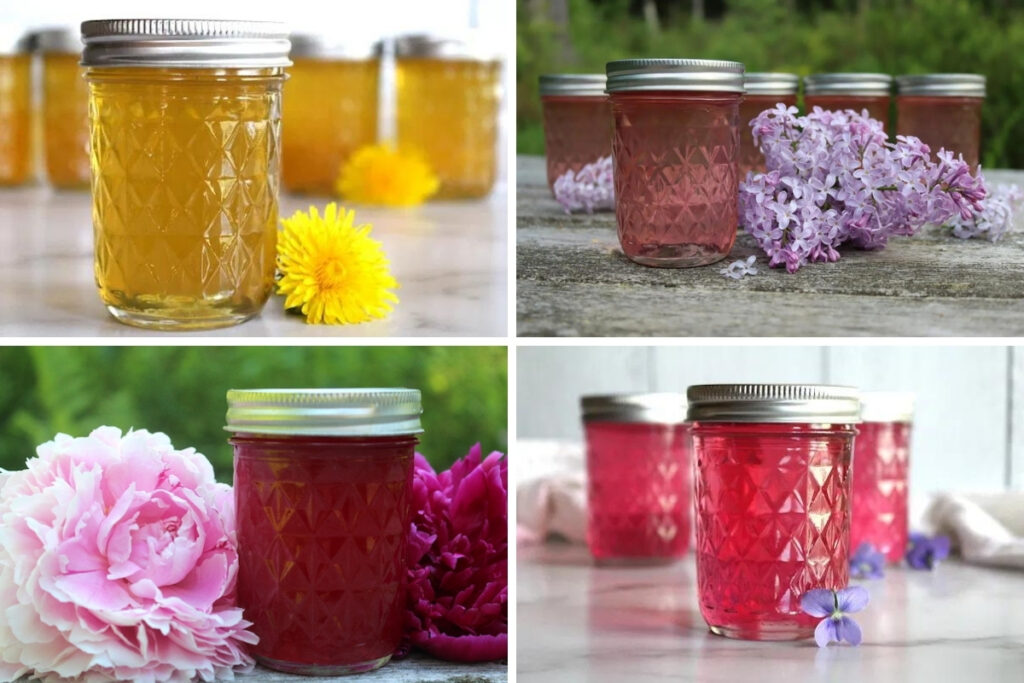
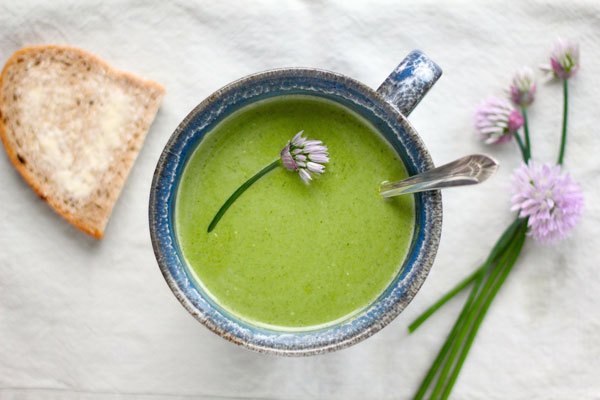 Cream of Lambsquarter Soup
Cream of Lambsquarter Soup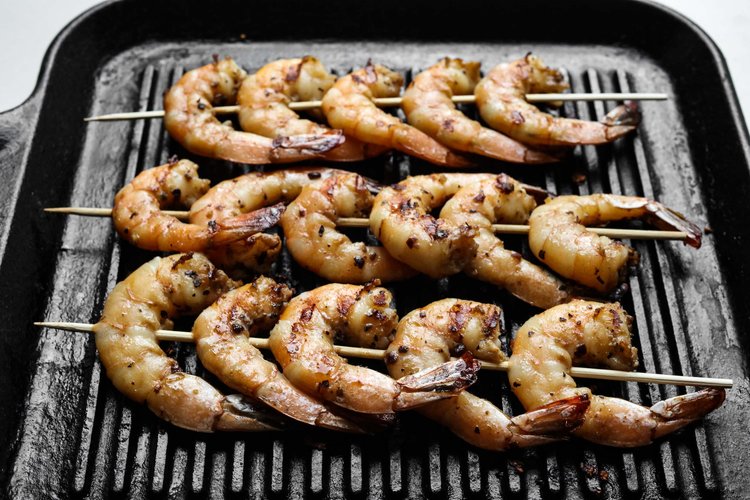 Spicebush-Marinated Shrimp Skewers
Spicebush-Marinated Shrimp Skewers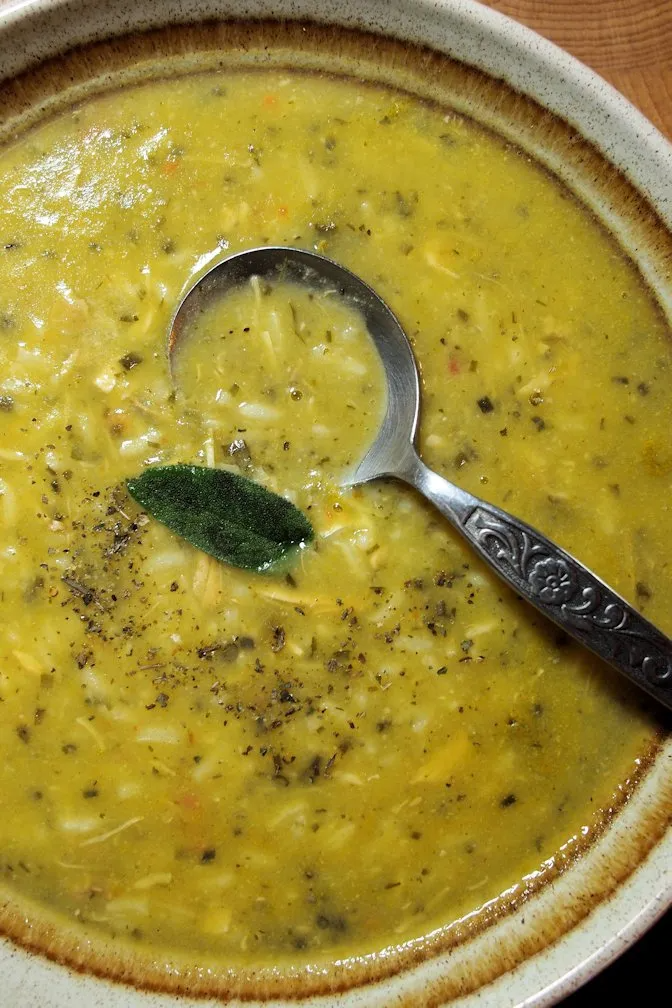 Wild Garlic, Lemon and Lovage Soup
Wild Garlic, Lemon and Lovage Soup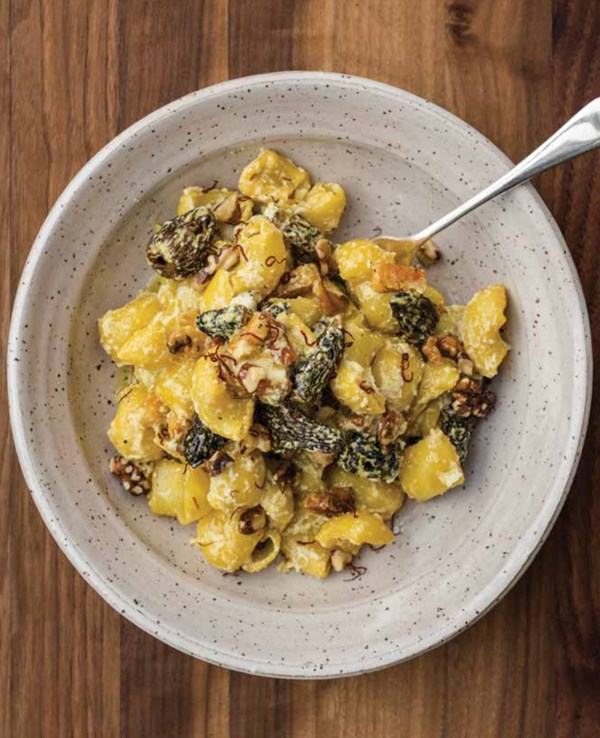 Pipe with Northwest Morels, Pancetta, Walnuts, Ricotta, and Saffron
Pipe with Northwest Morels, Pancetta, Walnuts, Ricotta, and Saffron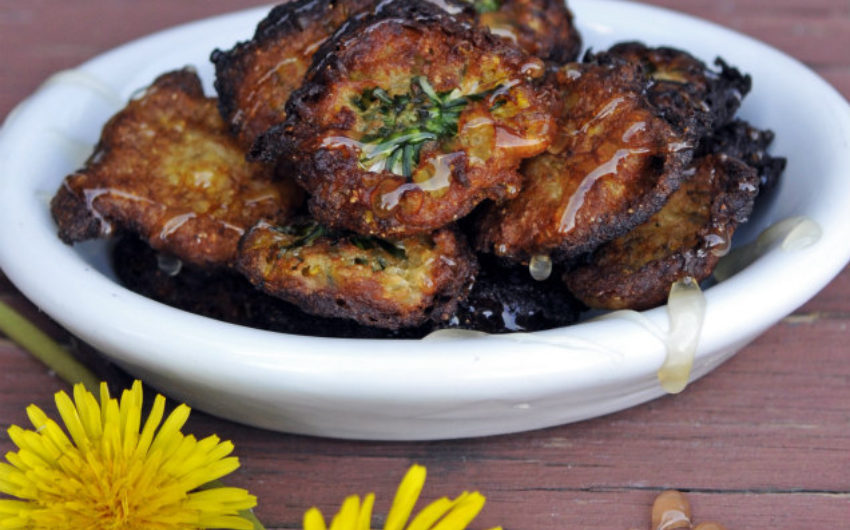 Honeyed Dandelion Fritters
Honeyed Dandelion Fritters
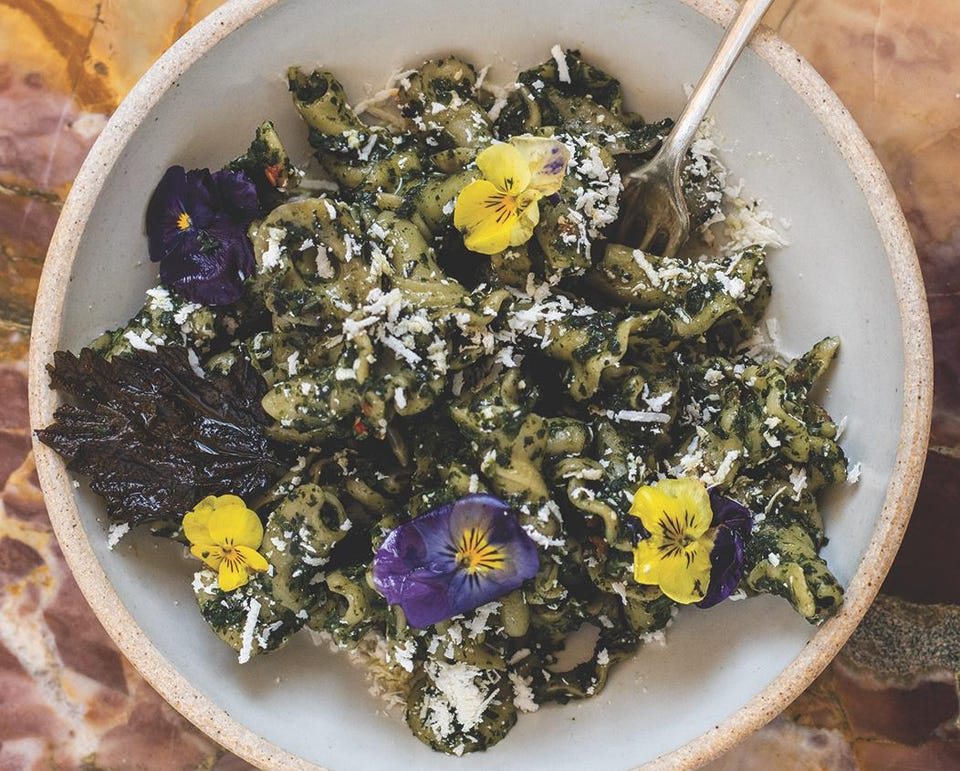 Gigli with Olympic Peninsula Stinging Nettles
Gigli with Olympic Peninsula Stinging Nettles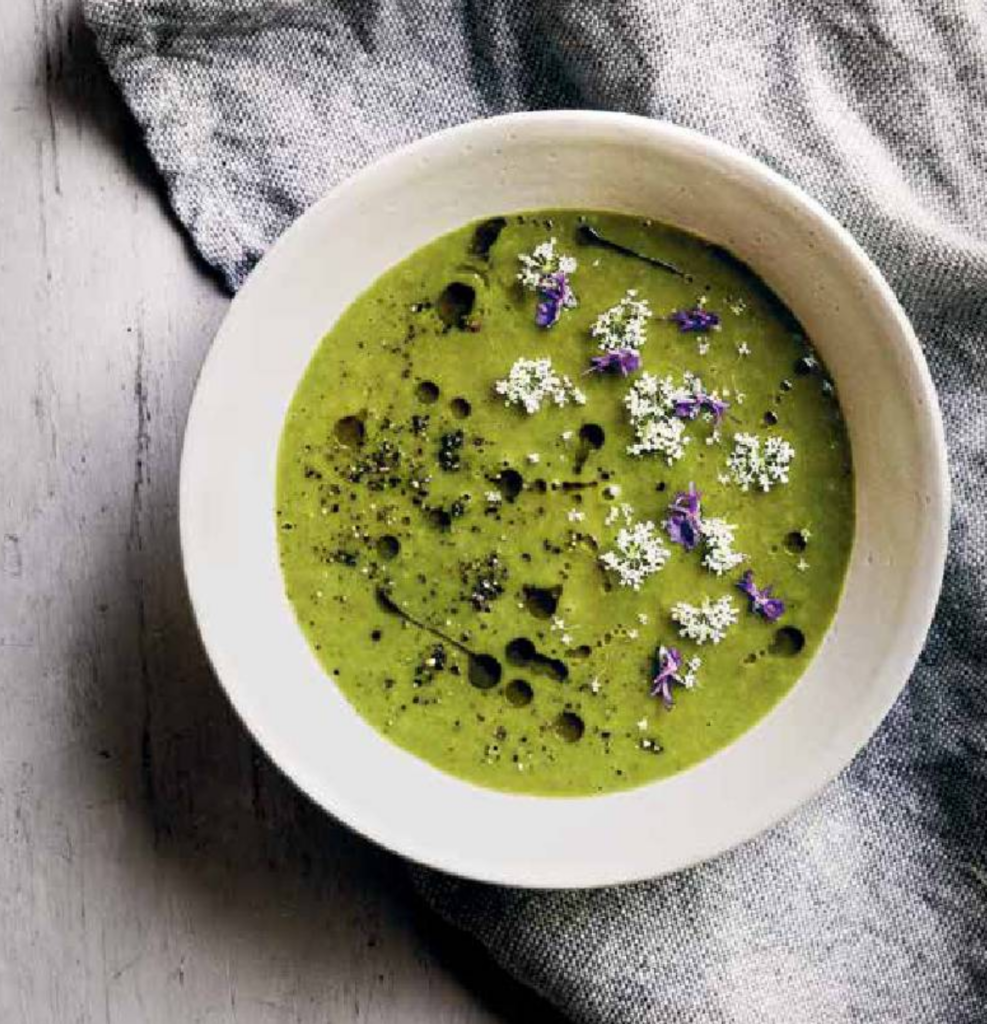 Cream of Lovage Soup with Edible Spring Herb Flowers
Cream of Lovage Soup with Edible Spring Herb Flowers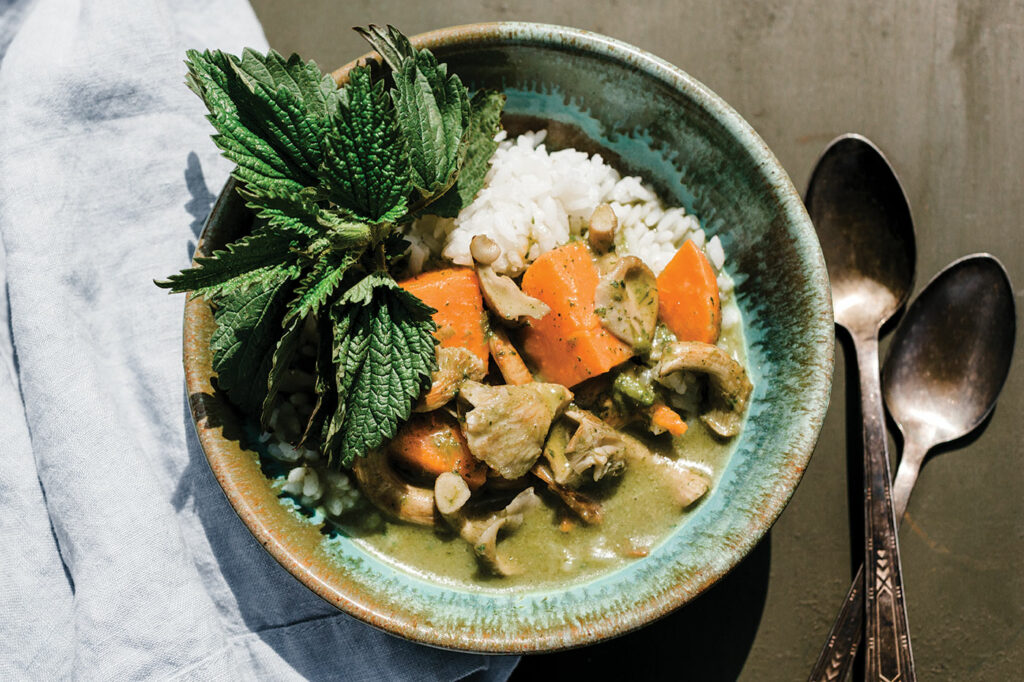 Wild Nettle Green Curry
Wild Nettle Green Curry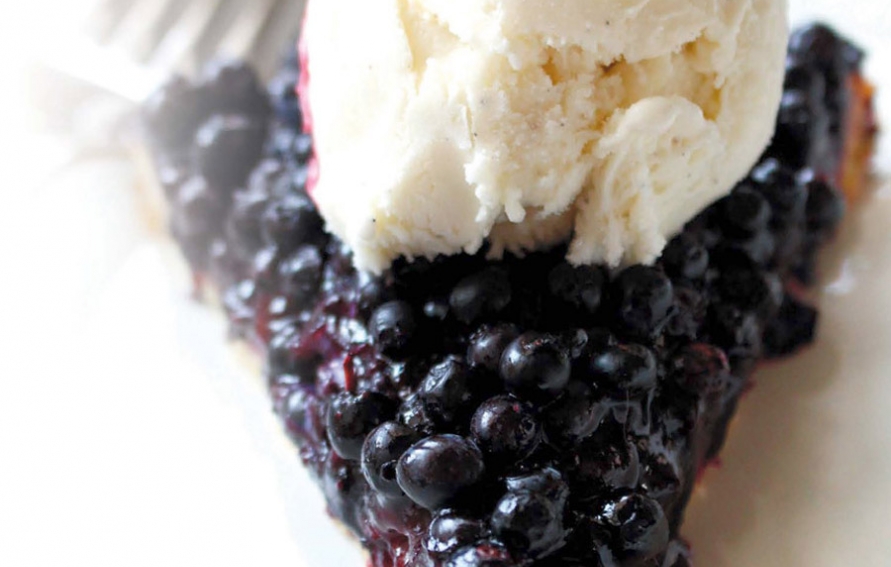 Grandma Norma’s Wild Huckleberry Tart
Grandma Norma’s Wild Huckleberry Tart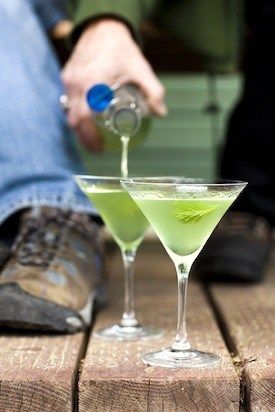 Grand Fir Vodka
Grand Fir Vodka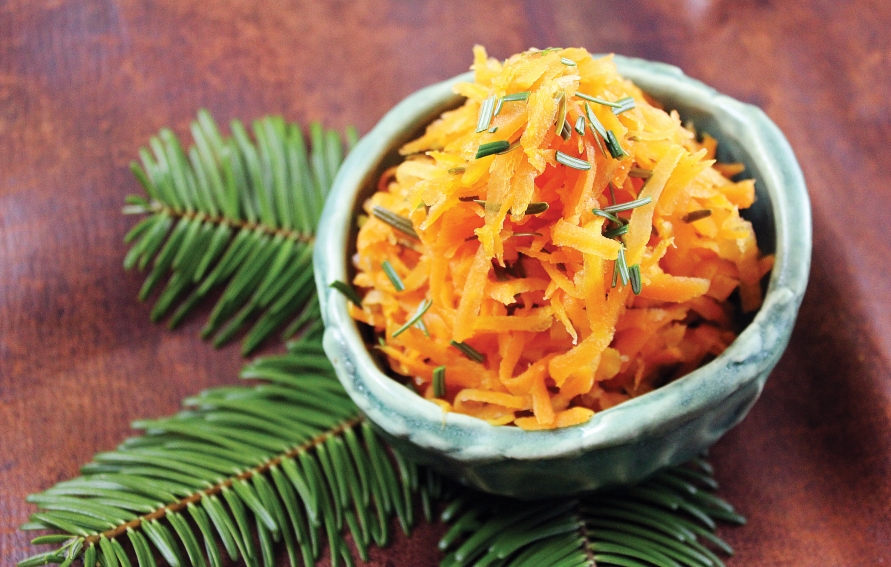 Grated Carrot and Fir Needle Pickled Salad
Grated Carrot and Fir Needle Pickled Salad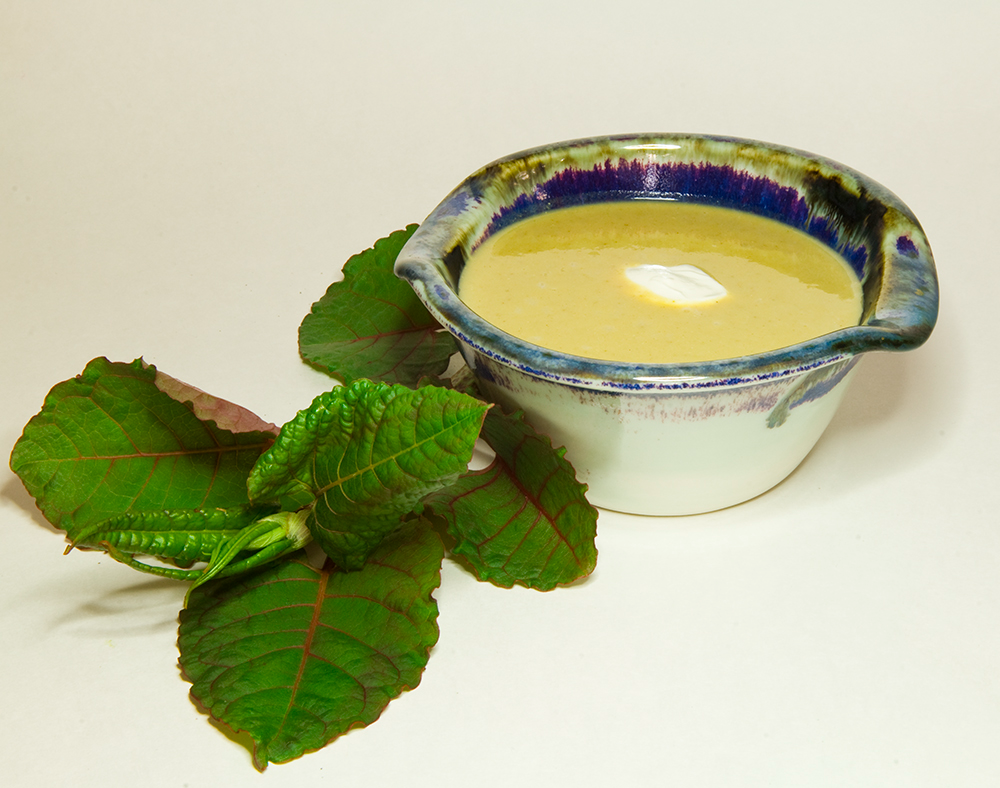 Japanese Knotweed Soup
Japanese Knotweed Soup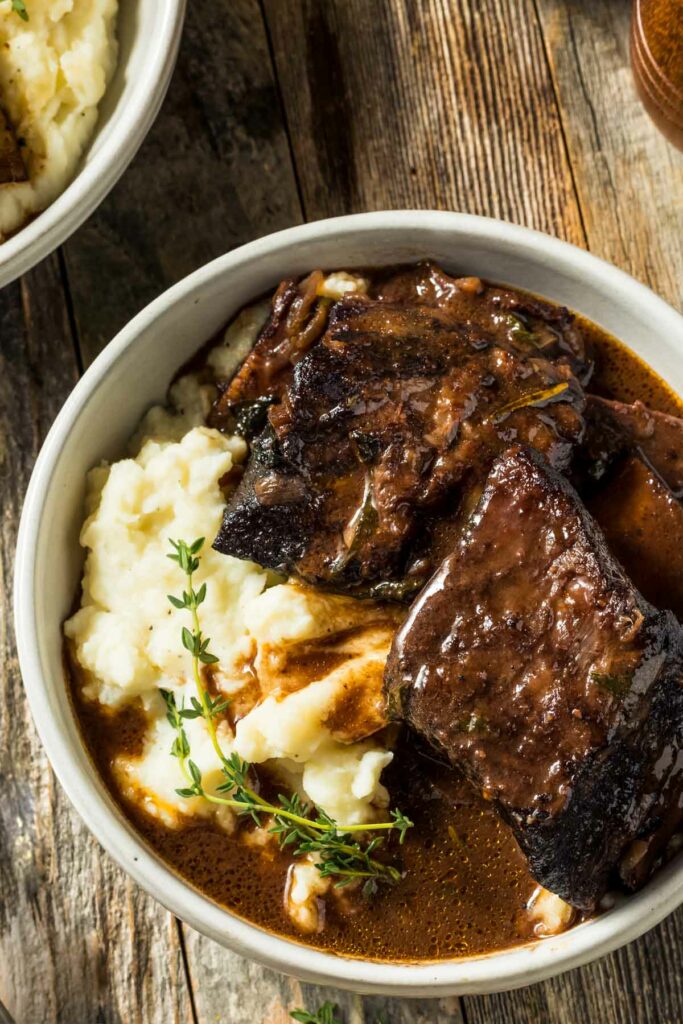 Short Ribs with Field Garlic and Red Wine
Short Ribs with Field Garlic and Red Wine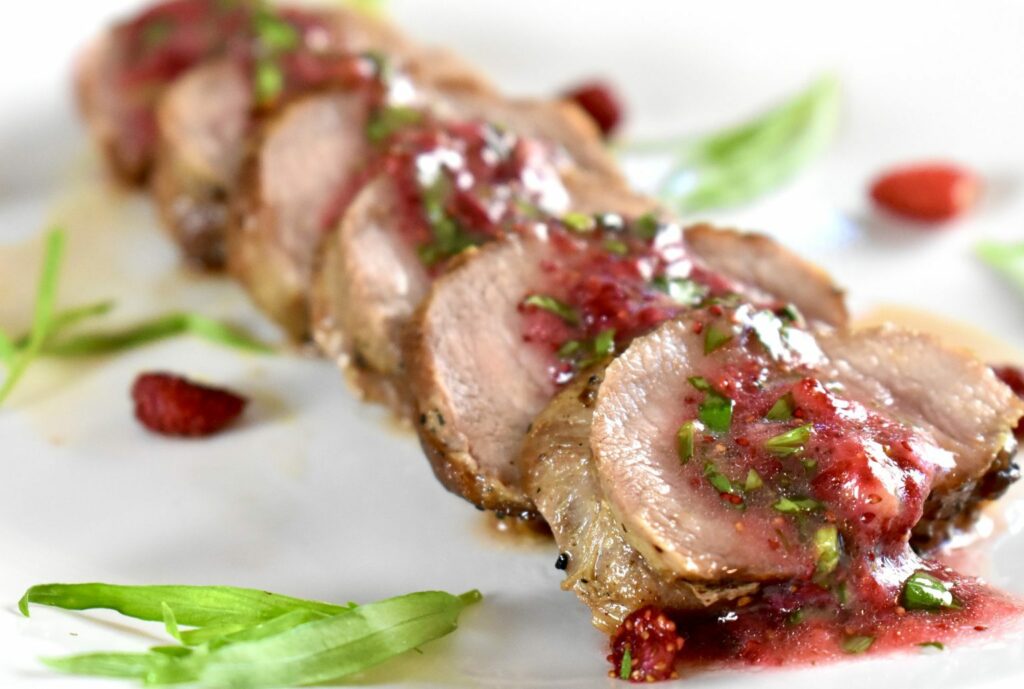 Wild Pork Loin with Wild Strawberry Tarragon Vinaigrette
Wild Pork Loin with Wild Strawberry Tarragon Vinaigrette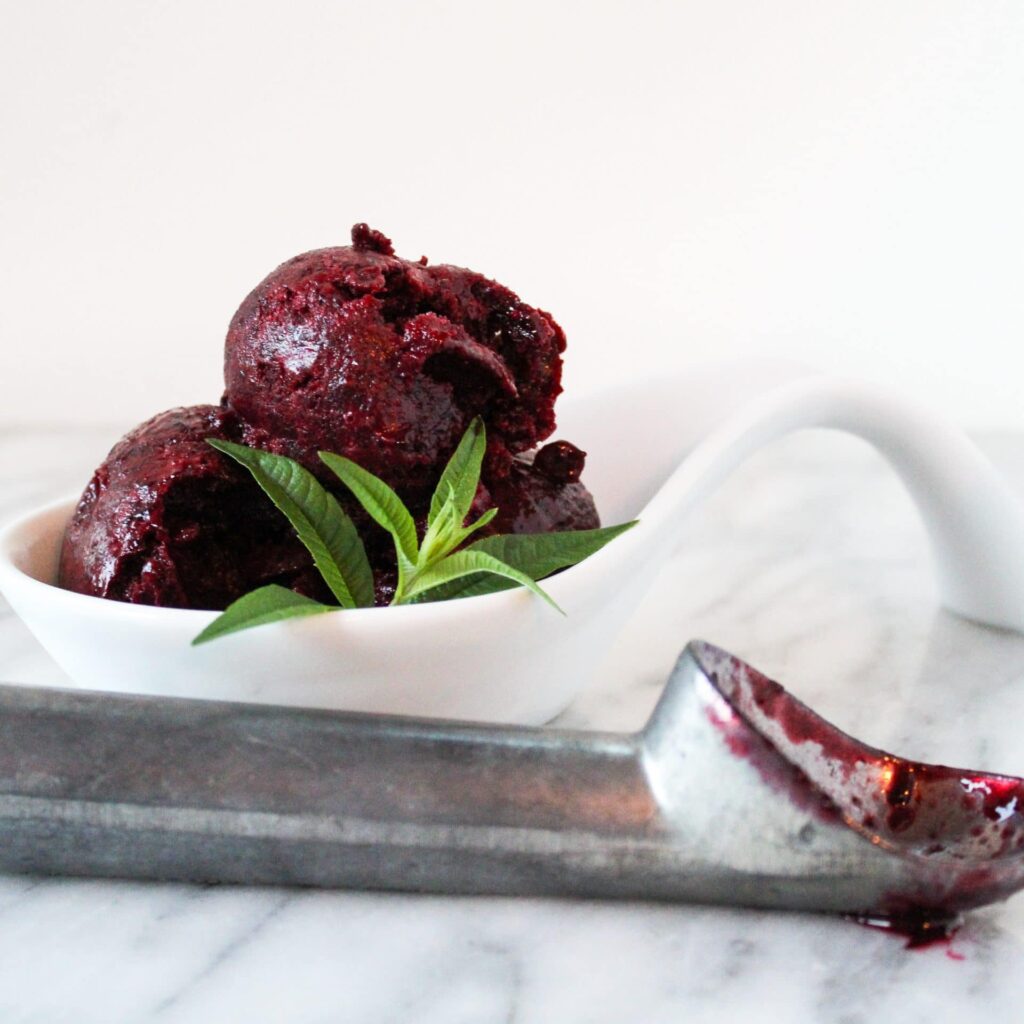 Foraged Berry Sorbet with Lemon Verbena
Foraged Berry Sorbet with Lemon Verbena